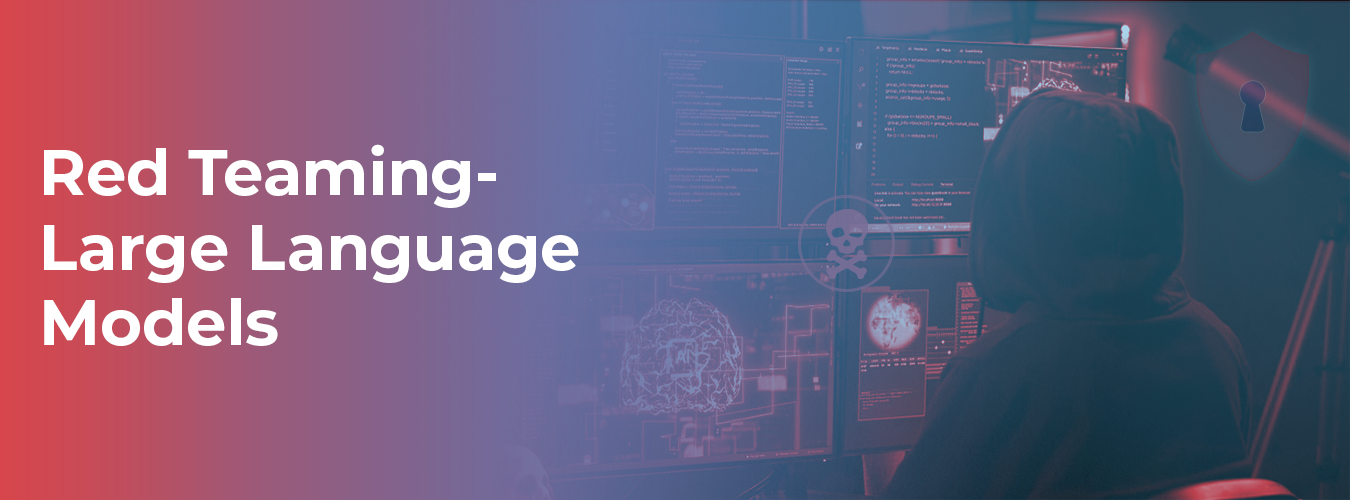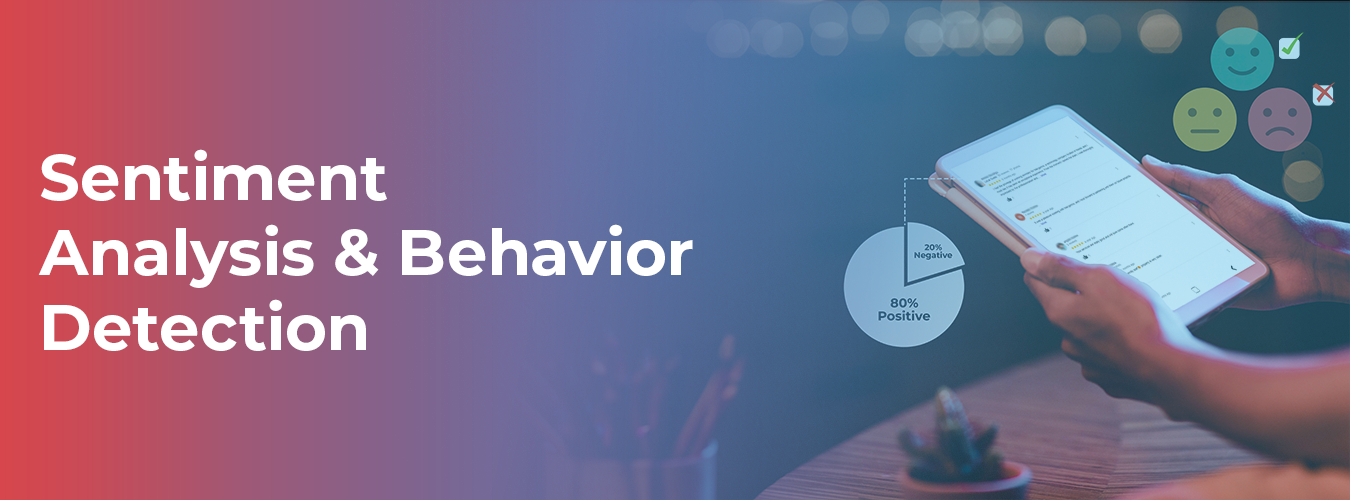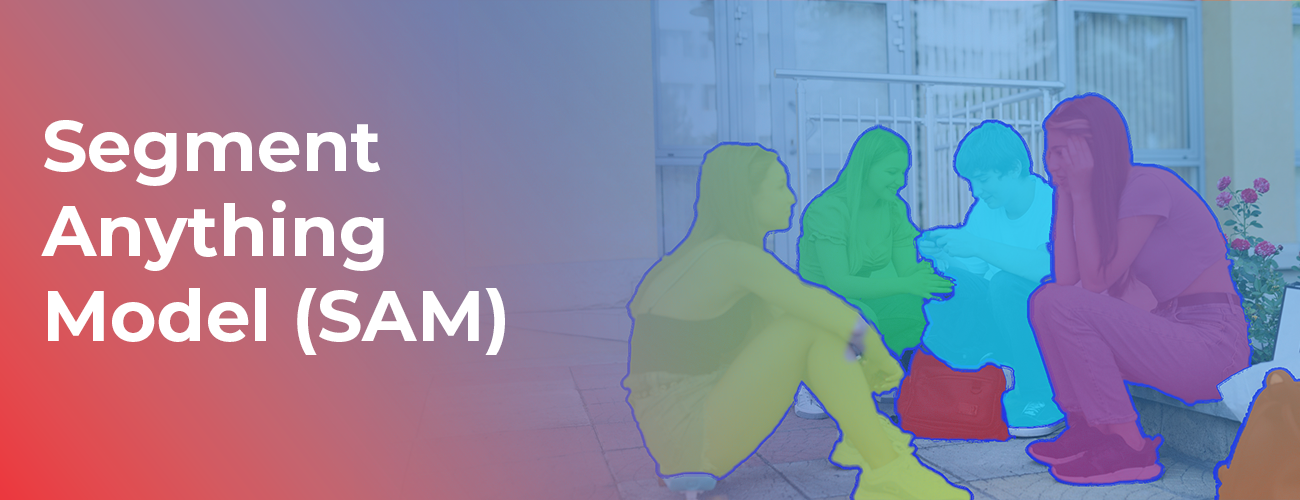From product manuals, help content, support channels, and marketing collateral, to employee handbooks and financial reports, document translation is like the oxygen of global business.
Companies on track for global growth need to meet the challenge of international expansion by effectively communicating with customers, partners, and employees across geographies and time zones.
To help you make the most of it, this step-by-step guide will let you know everything you need to easily translate Word, PDF, and other documents with automatic and human translation.
What makes translating documents so challenging?
The first step in translating documents is to understand the challenges involved. Here’s an overview of the most immediate ones:
- Formatting: Documents come in a variety of formats (e.g., PDF, Word, Excel, PowerPoint) and often include complex formatting that can be difficult to replicate in another language.
- Layout: The layout of a document must be carefully considered to ensure that the translated content fits correctly on the page and is easy to read.
- Graphics: Documents often contain graphics, charts, and other visuals that must be translated as well.
- Terminology: Documents often include specialized terminology that can be difficult to translate accurately.
What’s the most translated document in the world?
To illustrate the challenges—and solutions—of Translating Documents, let’s take a look at the most translated document in the world—the Universal Declaration of Human Rights. This document has been translated into more than 500 languages since it was first published in 1948.
In the aftermath of World War II, a group of experts at the United Nations drafted a document outlining the basic rights and freedoms that every human being is entitled to. The document, which was later adopted by the United Nations General Assembly on December 10, 1948, includes 30 articles spelling out these rights.
How many languages has the UDHR been translated to?
The UDHR set a world record in 1999 for being the most translated document in the world. The United Nations says that its goal is “sharing it with the entire world.” That’s why they invite anyone to contribute a new translation that isn’t already in the collection.
Since this is an ongoing process, the best way to keep updated is to check the official page of this Translation project. By the time this article is being written, there are 531 language versions of the UDHR. The latest translation was into Tumpoun/Tampuan, an indigenous language from Northeast Cambodia.




